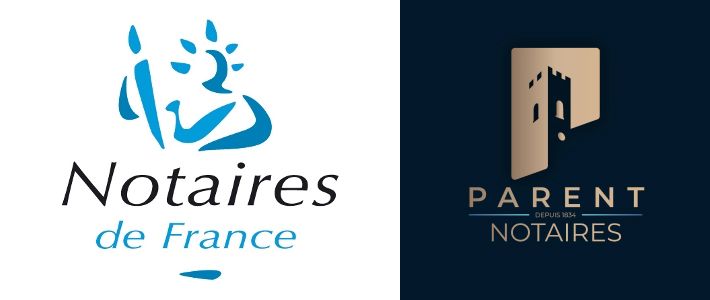What is a holograph will?
There are many different types of will.
The holographic will is the most common. This is the type we are used to seeing, written on a sheet of paper and placed in an envelope. To be valid, it must be entirely in the handwriting of the testator (the person making the will), dated and signed.
You can, of course, draw it up yourself, but it's best to ask your notary for advice. It is then advisable to hand it in to the notary's office for safekeeping and registration in the central file of last wills and testaments in Venelles. This will prevent it from being lost if it remains in a drawer at home. The cost of this registration is around 27 euros (all taxes included). It's the price of your peace of mind! On your death, the notary in charge of settling the estate will query the central file and automatically find the place (in which office) where your will was deposited.
Are there other forms of will?
The authentic will is the safest and most solemn form. It is drawn up by a notary according to strict formalities that guarantee its legal validity and safekeeping. The basic conditions (testator's wishes, capacity, etc.) are the same for all wills. Formal requirements, on the other hand, are strictly governed by article 971 of the French Civil Code. The testator dictates his wishes orally to his notary, in the presence of :
- either two witnesses of full age (who must be neither beneficiaries of the will, nor relatives of the testator up to the 4th degree),
- or a second notary.
The notary draws up the deed, faithfully reproducing the testator's wishes, without altering their content. It is an authentic act, which gives it maximum probative force. It is difficult to contest!
The will is then read aloud to the testator, who must confirm that these are indeed his wishes. The testator signs the will, followed by the signature(s) of the notary(ies) and witnesses. The will is then deposited in the central register of last wishes.
There is a third form of will: the mystical will, which remains anecdotal as it is rarely used. This is a hybrid between the holograph will (written in secret) and the authentic will (received by a notary). It enables the testator to keep the content of his or her wishes secret, while ensuring that the formalities are supervised by a notary.
Can a will be modified or cancelled once it has been drawn up?
Yes, you can revoke or modify your will at any time. You can either amend it by means of a codicil (provided it follows the same form as the original will), or draw up a new will which automatically cancels the previous one if it clearly expresses your wish to do so. To avoid any confusion, it is advisable to destroy the old will, or to state explicitly in the new document that it cancels and replaces any previous provisions.

